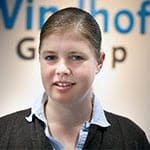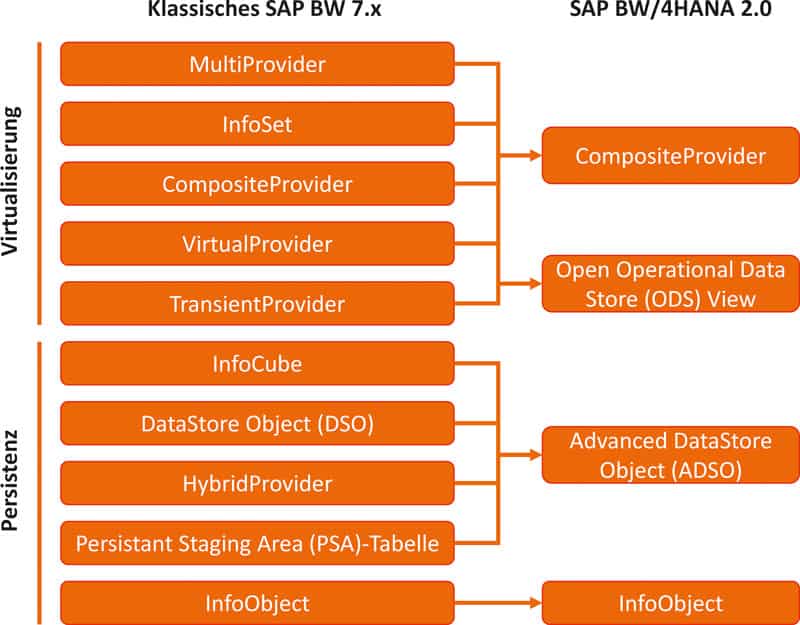Advanced DataStore Object


Simplification with BW/4 Version 2.0: Simplifications in data (flow) modeling
Compared to conventional relational databases, the in-memory computing DB Hana supports higher-performance computing operations in many places. Along with these changes, the modeling of data storage and data flows in BW/4 has also been simplified compared to the classic SAP BW - thus supporting the propagated goal of simplification.
A prominent example of an object that already existed in the old world, but whose scope has been considerably expanded, is the DataStore Object (DSO). It represents a central object for data management in BW. It can still be found in BW/4 version 2.0 - but in a more advanced form as an advanced DataStore Object (aDSO).
This new aDSO not only offers the functions of the classic DataStore Object, but also replaces other BW objects such as InfoCubes, HybridProviders or Persistent Staging Areas. While in the past the queries for reporting were usually based on (virtual) multi-providers and thus accessed the data in the InfoCubes, direct reporting on DSOs was in many cases fraught with a number of disadvantages and was therefore used rather sparingly. The changed underlying technology also enables standard reporting on aDSOs in BW/4, which can now be configured differently. This means that it is also possible to emulate an InfoCube with an aDSO.
The InfoCubes are therefore no longer needed in BW/4. The situation is similar for virtual objects such as MultiProviders, InfoSets, VirtualProviders, etc., which have been replaced by the newly designed CompositeProvider and Open Operational DataStore (ODS) views. The figure shows an overview of the classic BW modeling objects in the left column and the modeling objects in BW/4 in the right column. The arrows between the objects illustrate which new objects take over the tasks of the classic objects. Only the InfoObjects are largely excluded from the changes. Basically, the reduction of modeling object types significantly simplifies the structure of data flows and data management for developers.

The modeling of the objects no longer takes place in the SAP GUI, but with BW/4 completely in the Hana Studio. The management and administration of the objects as well as the data-processing processes takes place in the studio and via the BW/4 WebCockpit. In particular, the Modeling Properties area is interesting, as the behavior of the aDSO can be defined here. The modeling of the aDSO is therefore a little more complex than in classic BW, but is supported by the outline of the specifications.
In addition to these settings, there are other options for aDSOs, for example, marking an aDSO as a planning aDSO. It becomes clear that aDSOs can perform more tasks than their predecessors, the classical DSOs - and thus they replace several different classical modeling objects at once.





